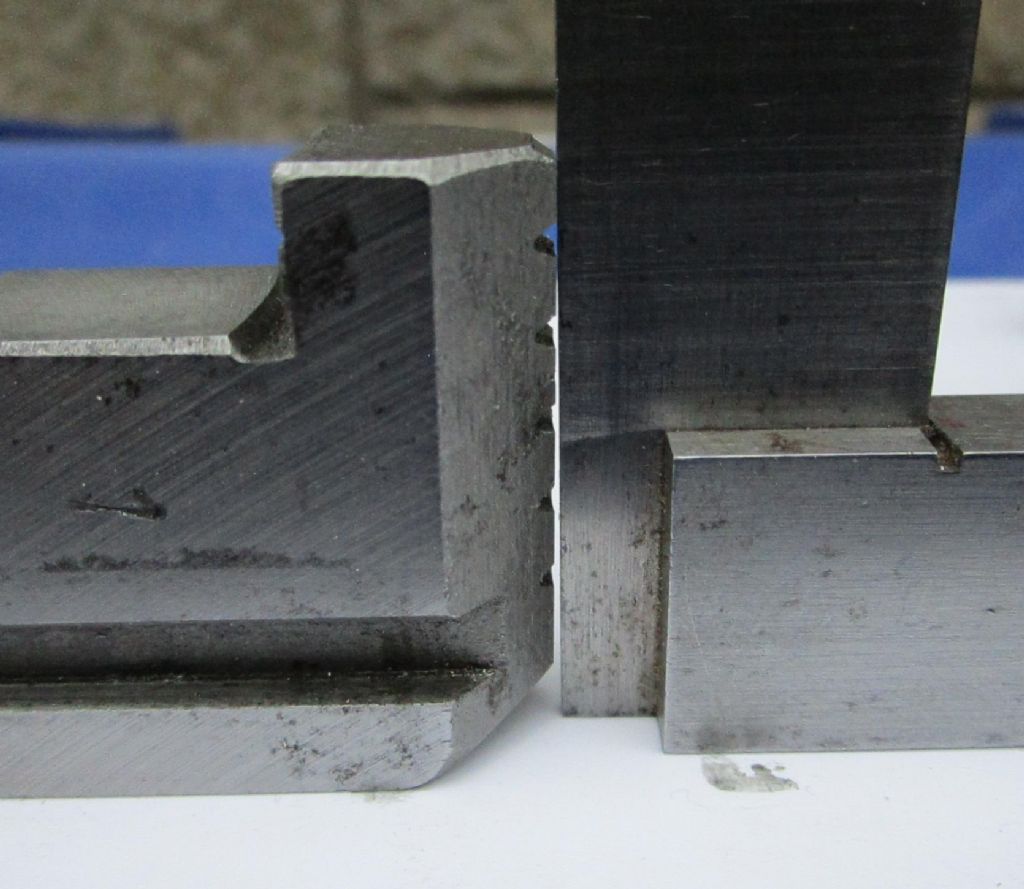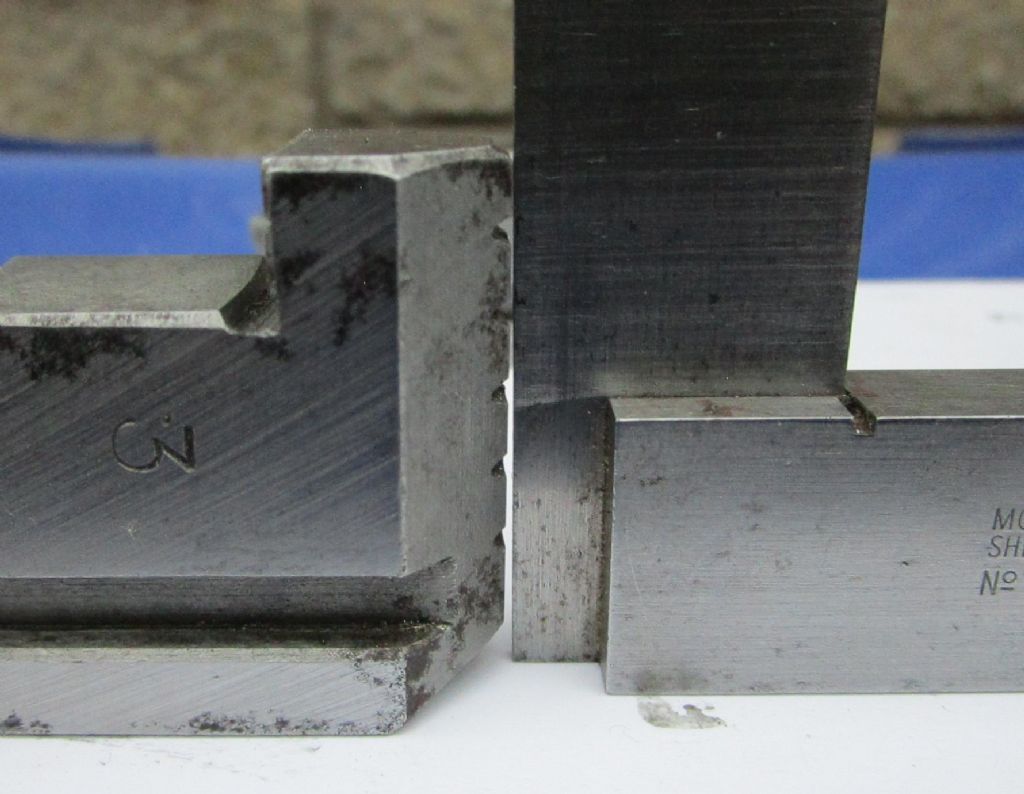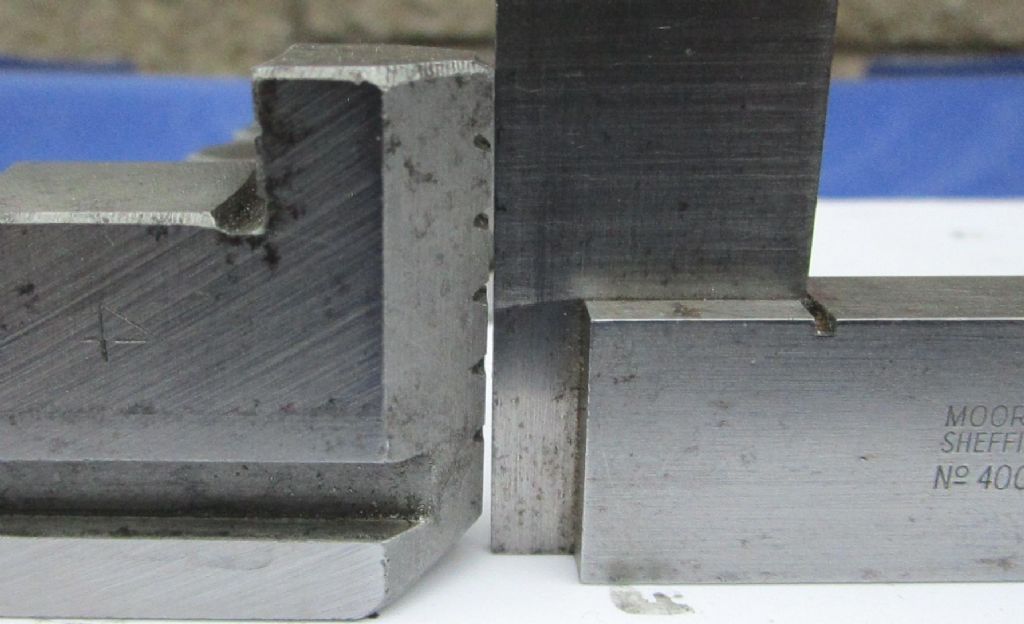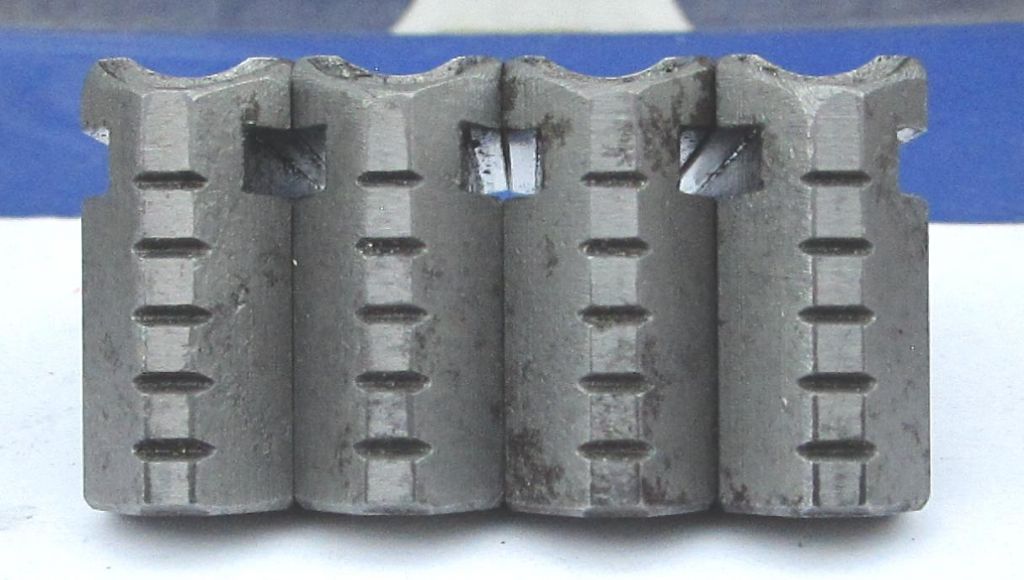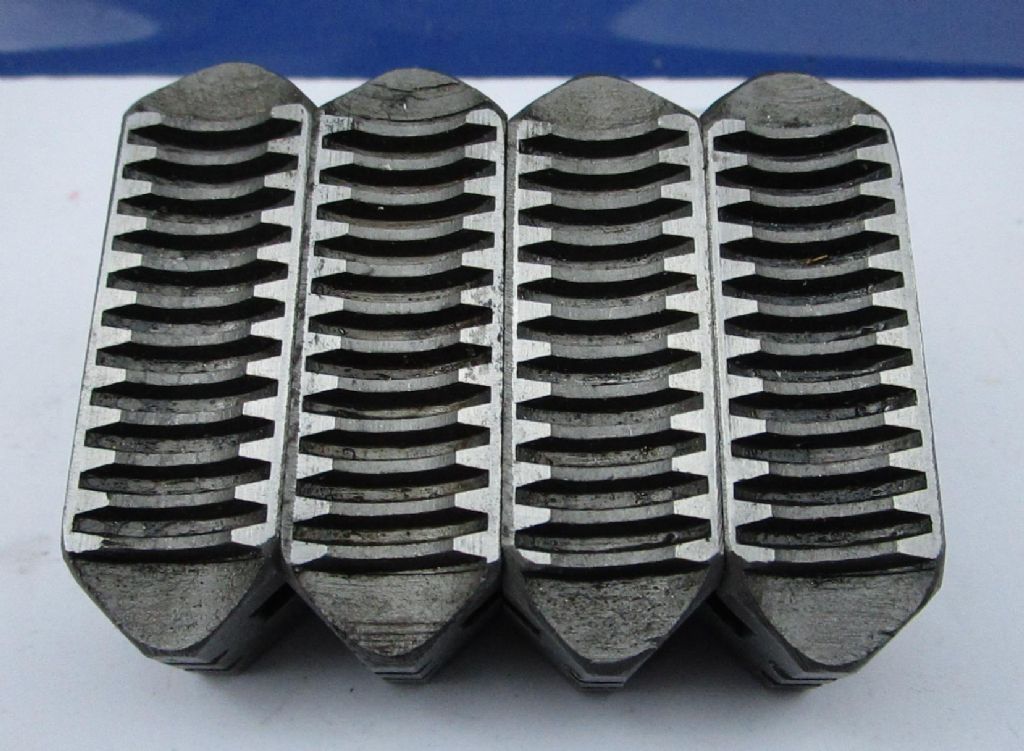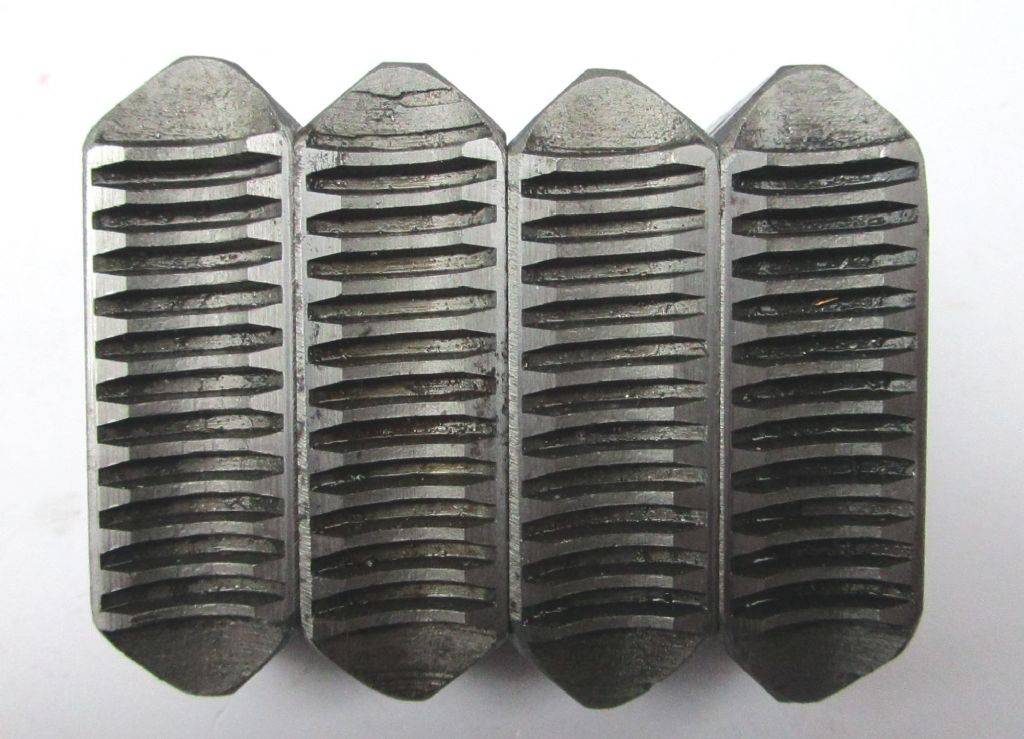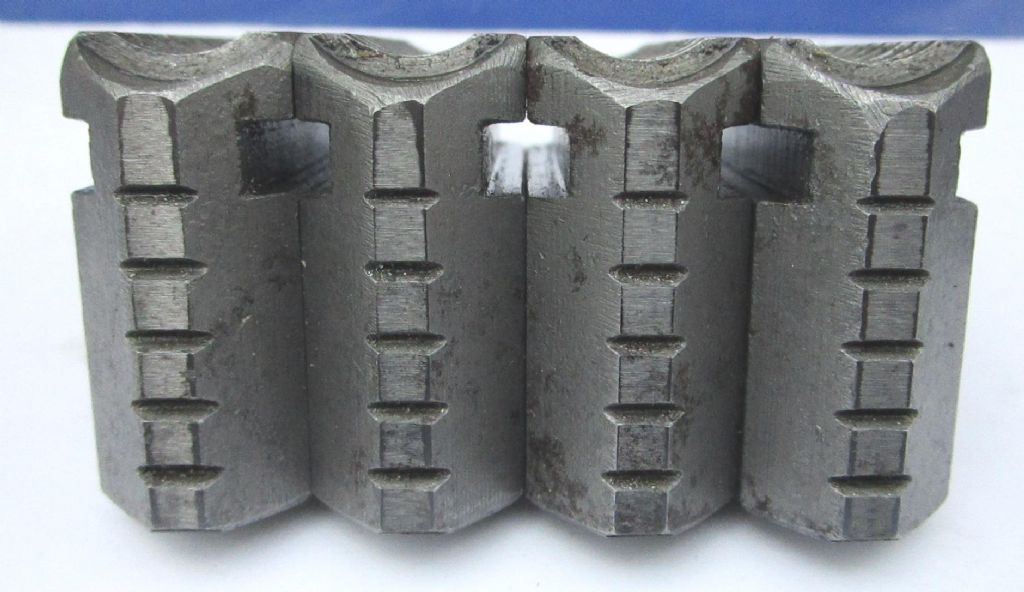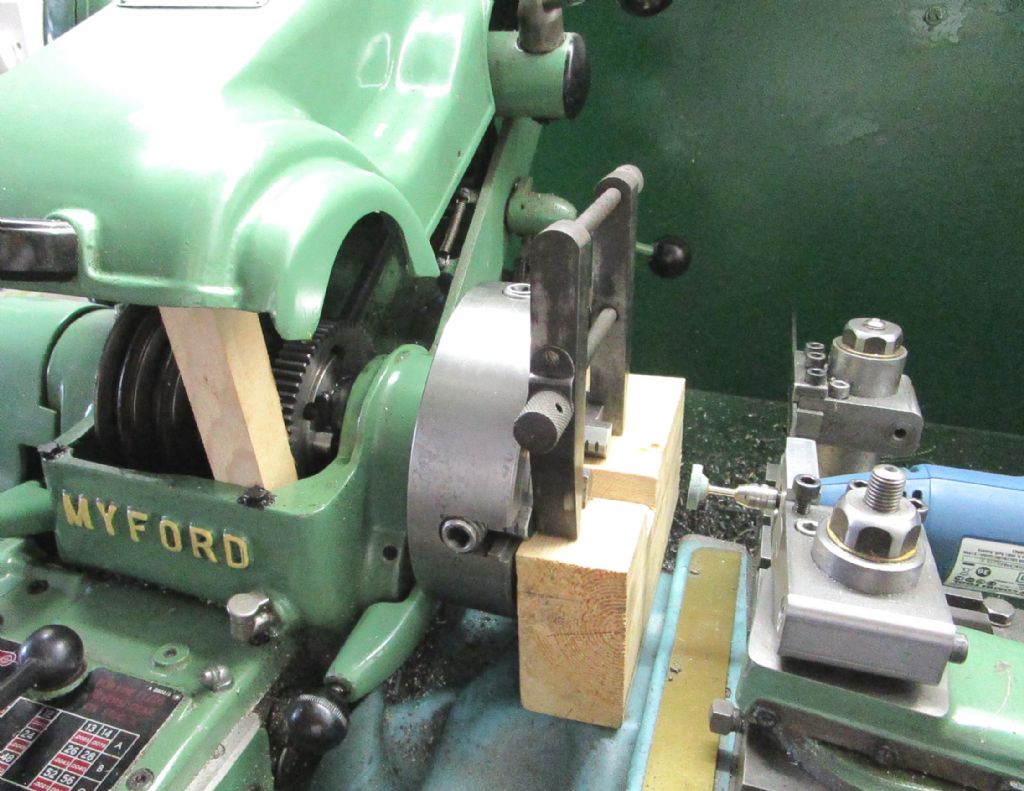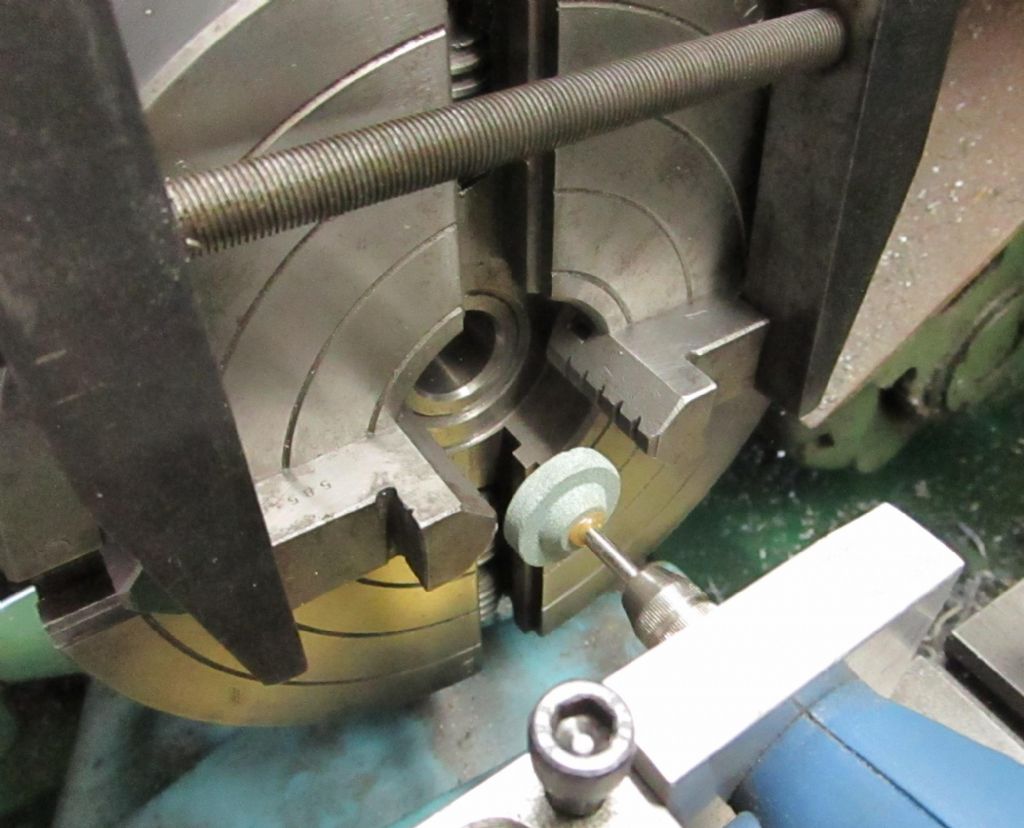Lathe work
Lathe work
- This topic has 48 replies, 13 voices, and was last updated 31 May 2020 at 20:25 by
John Baron.
- Please log in to reply to this topic. Registering is free and easy using the links on the menu at the top of this page.
Latest Replies
Viewing 25 topics - 1 through 25 (of 25 total)
-
- Topic
- Voices
- Last Post
Viewing 25 topics - 1 through 25 (of 25 total)
Latest Issue
Newsletter Sign-up
Latest Replies
- End Mill Sharpening Jig
- interchangeable Myford beds
- Hello.
- Modular 3/4 inch TE info required
- Weird electric actuator action
- Mercer comparator gauge repair help.
- Painting mating surfaces
- 125 mm chuck onto my lathe
- Indicator bulb with bayonet mount needed
- Warco Super Major Milling Machine – Stripping Gearbox


